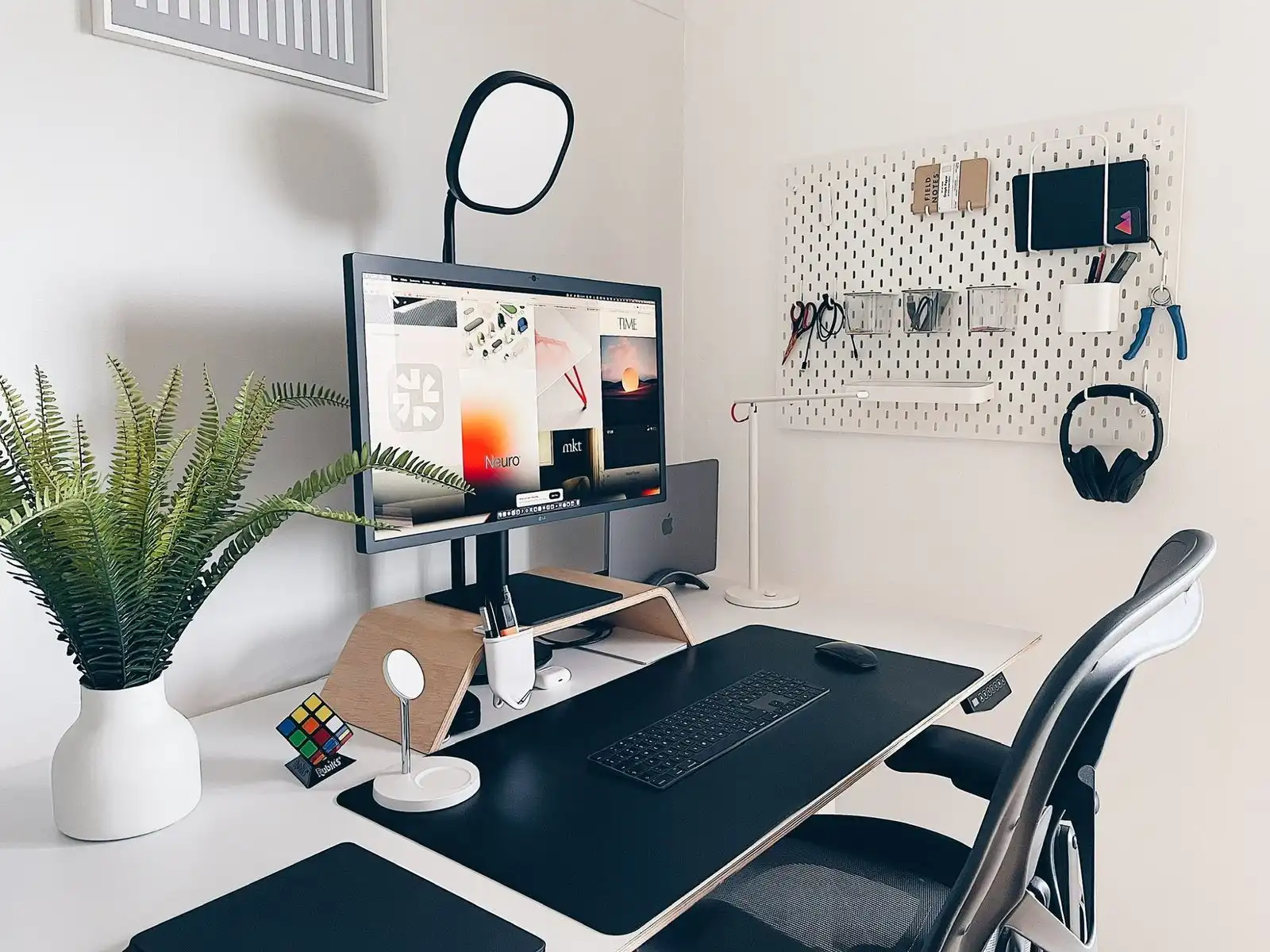
Minimal design is a style that focuses on simplification, aiming to convey the strongest message using the least amount of visual elements. In this approach, every component must have a purpose, and nothing unnecessary should clutter the composition. The key idea is to allow the user to connect directly with the core message, without distractions or overwhelming detail.
The first principle is simplicity in form and content. This means using colors, lines, typography, and white space in a way that lets the viewer understand the concept at a glance. For example, a limited color palette not only creates visual harmony but also helps highlight key elements. Using one or two clean, readable fonts is also highly effective in ensuring clarity.
The second principle is focus on functionality and the core message. Each element should serve a specific role, and removing it shouldn’t harm the message or usability. If something is added only for decoration, it likely doesn’t belong. In minimalism, beauty arises from usefulness and clarity.
Another vital aspect is white space or negative space. Many assume that empty areas signal a lack of design, but in fact, they allow content to breathe and improve focus. By spacing out elements with intention, the viewer can better understand the hierarchy and relationships between them.
Ultimately, minimal design requires intentionality and careful decision-making. The designer must determine what’s essential and what can be left out. This process of reduction and prioritization leads to clean, professional, and impactful outcomes.
In short, if you want to make the most impact with the fewest elements, aim for simplicity, prioritize functionality, embrace white space, and make deliberate design choices. Minimal design is the art of delivering a message without unnecessary noise.